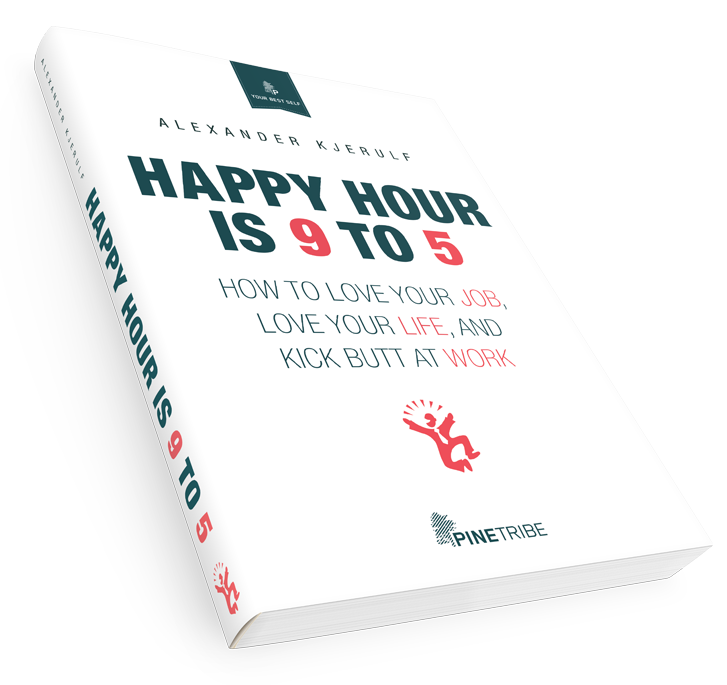I was at a conference monday on the fourth sector. In case you haven’t heard about this term, the fourth sector is a way of organizing that combines the best of the three existing sectors, ie. private industry, governments and volunteer organizations.
Fourth sector organizations compete in the market like private companies, they work for a good cause and they often rely on a high degree of volunteerism.
And this is precisely true of the happy at work project. We make our money just like any other consulting company out there (we haven’t recieved a dime of public money, and we don’t want any). We strive to make people happy at work. That’s why we’re here. And we’re a volunteer organization, where everyone interested can join and contribute towards the cause.
The conference was arranged by my good friends over at grasshoppers.dk and was refreshingly different, with nice little touches like a clown welcoming guests and yoga-breaks throughout.
My main learning from the conference was, that the term “fourth sector” is flawed. There is no new sector and the organizations exhibiting fourth sector traits are found in the traditional three sectors. A fine example would be Kjaer Group, a danish company comitted to “making a difference”. They’re definitely a private company making money in the market, but they also work to make a difference in the world, individually and together.
So rather than being a matter of sector it’s a matter of intent or approach. Here’s my definition of a fourth sector organization:
A fourth sector organization, is one that does not see a contradiction between making a profit, improving the world and working voluntarily.
So all we need now is a better term than “fourth sector”. Any ideas?





